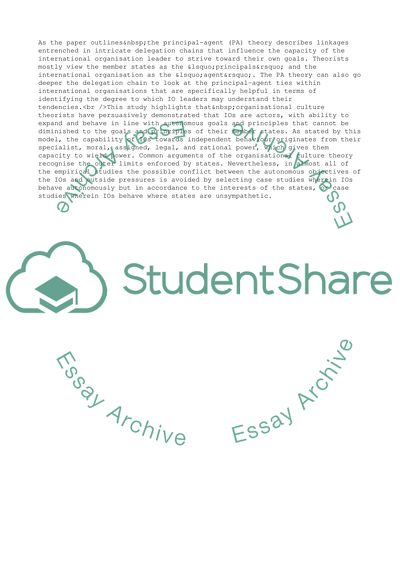Cite this document
(“The Debate between the Principal-Agent Model and Organisational Essay”, n.d.)
The Debate between the Principal-Agent Model and Organisational Essay. Retrieved from https://studentshare.org/management/1456440-what-best-explains-international-organizatioon
The Debate between the Principal-Agent Model and Organisational Essay. Retrieved from https://studentshare.org/management/1456440-what-best-explains-international-organizatioon
(The Debate Between the Principal-Agent Model and Organisational Essay)
The Debate Between the Principal-Agent Model and Organisational Essay. https://studentshare.org/management/1456440-what-best-explains-international-organizatioon.
The Debate Between the Principal-Agent Model and Organisational Essay. https://studentshare.org/management/1456440-what-best-explains-international-organizatioon.
“The Debate Between the Principal-Agent Model and Organisational Essay”, n.d. https://studentshare.org/management/1456440-what-best-explains-international-organizatioon.


